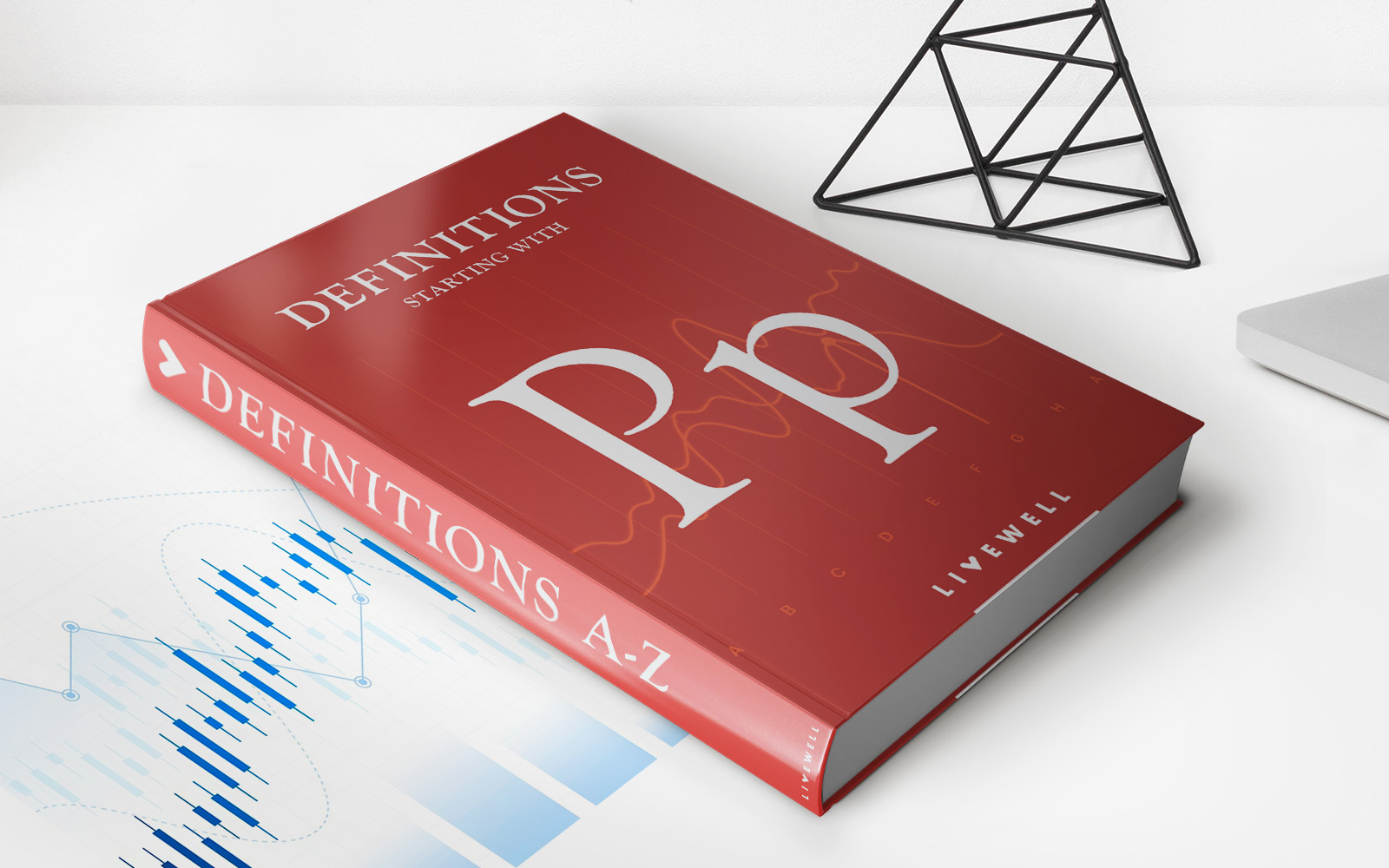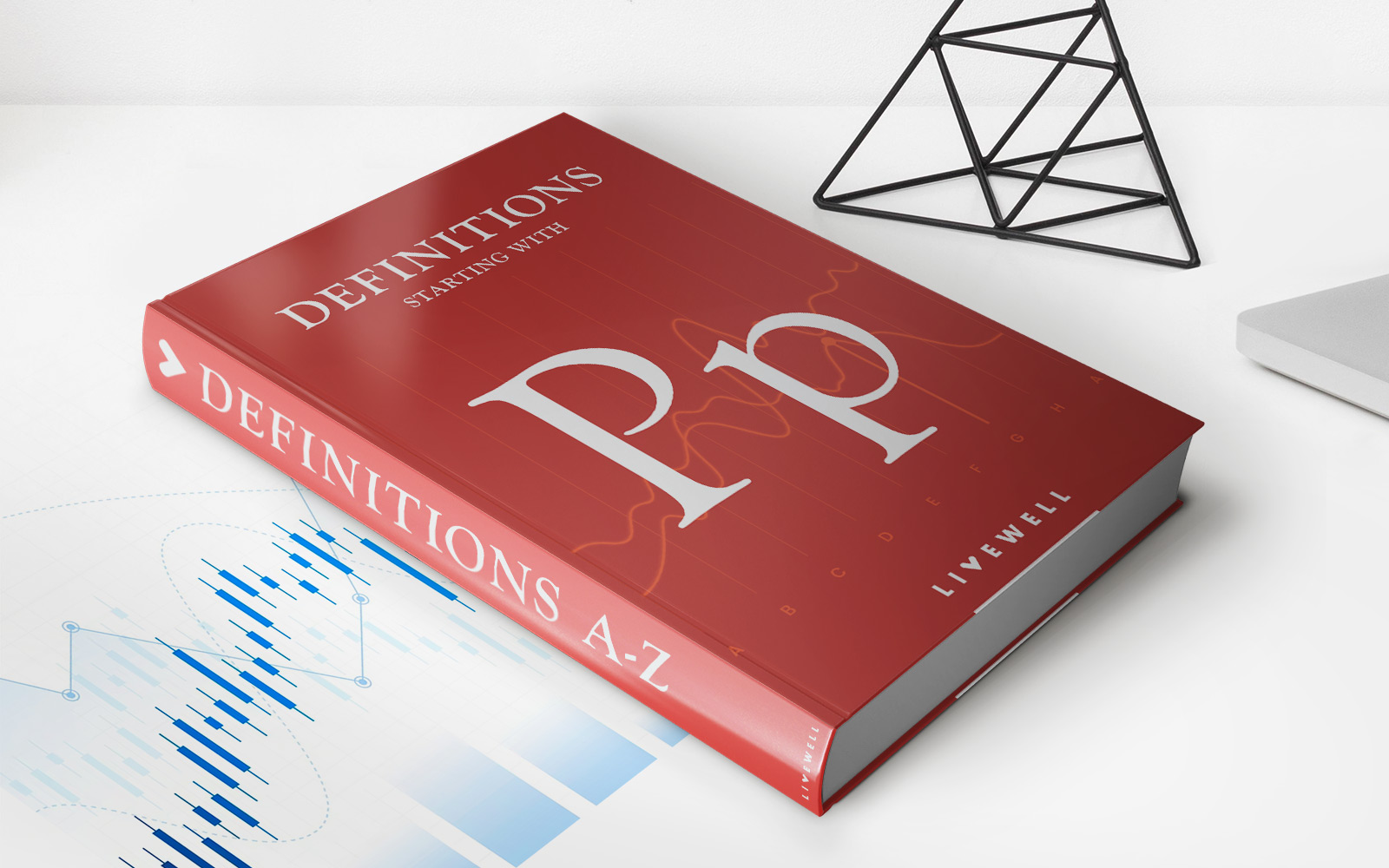Home>Finance>Power-Distance Index (PDI): Definition, How It Works, And Examples


Finance
Power-Distance Index (PDI): Definition, How It Works, And Examples
Published: January 9, 2024
Discover the Power-Distance Index (PDI) in finance - its definition, how it works, and real-world examples. Explore the concept of PDI and its significance in understanding financial dynamics.
(Many of the links in this article redirect to a specific reviewed product. Your purchase of these products through affiliate links helps to generate commission for LiveWell, at no extra cost. Learn more)
Understanding the Power-Distance Index (PDI) in Finance
Welcome to our finance blog, where we delve into various topics that can help you navigate the complex world of money management. In this post, we’ll be exploring the Power-Distance Index (PDI), a concept that plays a significant role in financial decision-making. So, let’s deep dive into what PDI is, how it works, and provide some examples to help you better grasp its importance.
Key Takeaways:
- The Power-Distance Index (PDI) is a cultural measurement that highlights the distribution of power in a society and its impact on decision-making.
- PDI can influence the level of authority within organizations, leadership styles, and communication patterns.
Now, before we delve into the details, let’s answer a fundamental question: What exactly is the Power-Distance Index (PDI)?
PDI is a concept developed by Dutch social psychologist Geert Hofstede as part of his cultural dimensions theory. The PDI quantifies the extent to which individuals in a particular society accept and expect power to be distributed unequally. In other words, it measures the power distance between individuals in a given society and how it impacts societal norms and values.
Imagine a scale from 0 to 100, where a low PDI score indicates a relatively flat hierarchy, and power is distributed more equally, while a high PDI score suggests a hierarchical society with significant power disparities. Understanding a country’s PDI can provide valuable insights into its financial landscape.
How Does the Power-Distance Index (PDI) Impact Finance?
Now that we have a basic understanding of PDI, let’s explore how it affects finance and financial decision-making.
1. Corporate Structure: PDI influences the structure of organizations, especially in multinational corporations operating in various countries. A high PDI society may have more hierarchical and autocratic corporate structures, with decision-making concentrated at the top. On the other hand, low PDI societies may encourage participative decision-making and flatter organizational structures.
2. Leadership Styles: PDI can significantly impact leadership styles adopted in finance. In high PDI cultures, leaders are expected to exert more authority and make decisions independently. Conversely, in low PDI cultures, leaders may focus on collaboration, seeking input from team members before making decisions.
3. Investment Preferences: Cultural nuances influenced by PDI can also impact investment preferences. In high PDI cultures, individuals may be more inclined towards conservative investments, such as real estate and government bonds, as they place a higher value on stability. In contrast, low PDI cultures may be more open to risk-taking and exploring investment opportunities in emerging markets or startups.
4. Communication Patterns: PDI can also shape communication patterns in finance. High PDI societies may have more formal communication channels with clear hierarchies, where subordinates hesitate to express dissenting opinions. In low PDI cultures, open communication and the exchange of ideas across all levels of hierarchy is encouraged, fostering innovation and diverse perspectives.
Examples of Power-Distance Index (PDI)
Let’s take a look at two countries to exemplify the Power-Distance Index:
- Country A: With a PDI of 80, Country A has a highly hierarchical society where authority is deeply respected. Large corporations in Country A tend to have a top-down decision-making approach, with strict adherence to formal procedures and protocols. Employees may hesitate to challenge superiors’ decisions, leading to slower innovation and potentially less adaptability to changing market conditions.
- Country B: With a PDI of 30, Country B champions a more egalitarian society, encouraging open discussions and shared decision-making. This cultural norm translates into a flexible corporate structure with more transparent communication and cross-functional collaboration. Employees in Country B may feel more empowered to voice their opinions, fueling innovation and facilitating faster responses to market dynamics.
These examples showcase the contrasting dynamics that PDI can exhibit and illustrate its impact on financial systems and decision-making processes.
Conclusion
The Power-Distance Index (PDI) is an essential concept to understand when delving into the world of finance. It allows us to appreciate the influence of cultural differences on decision-making, corporate structures, leadership styles, communication patterns, and investment preferences. By recognizing and appreciating the impact of PDI, individuals and organizations can navigate the complexities of finance more effectively.
We hope this blog post has provided you with valuable insights into the Power-Distance Index (PDI). If you have any further questions or would like to explore other financial topics, feel free to browse our finance category or reach out to us directly. Stay tuned for more engaging and informative content!














